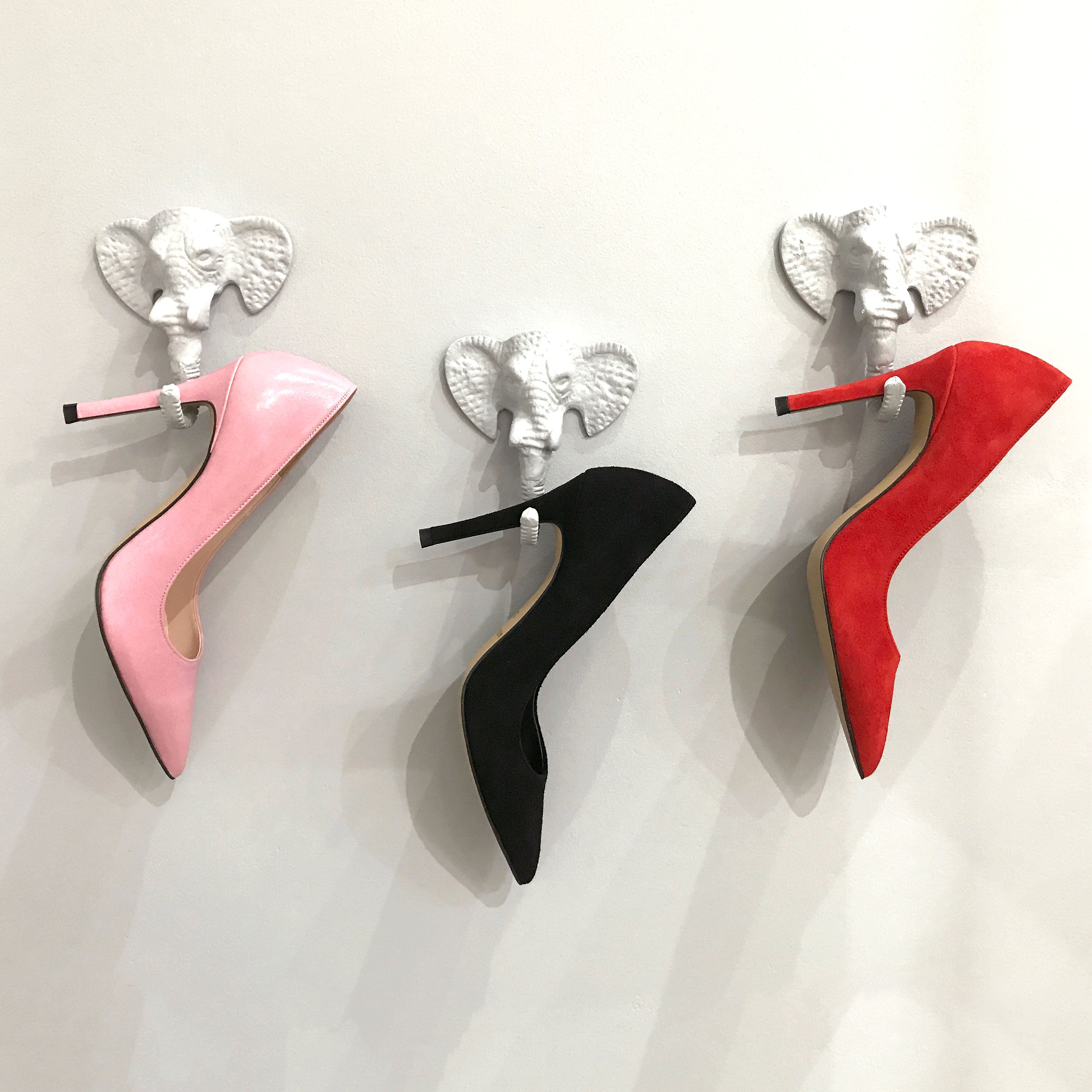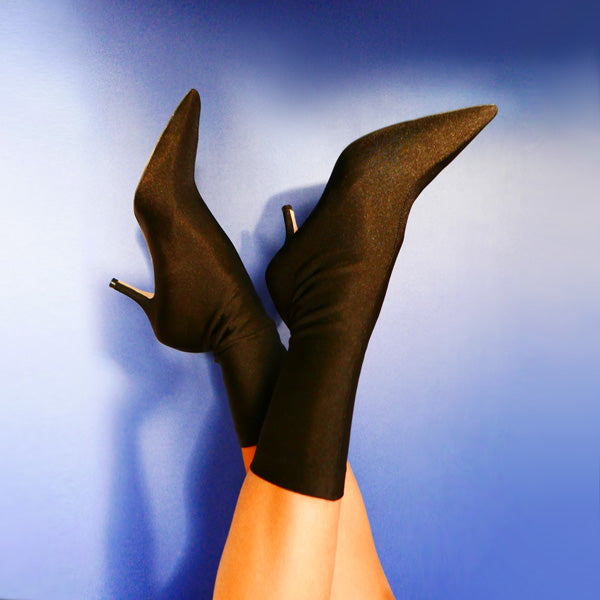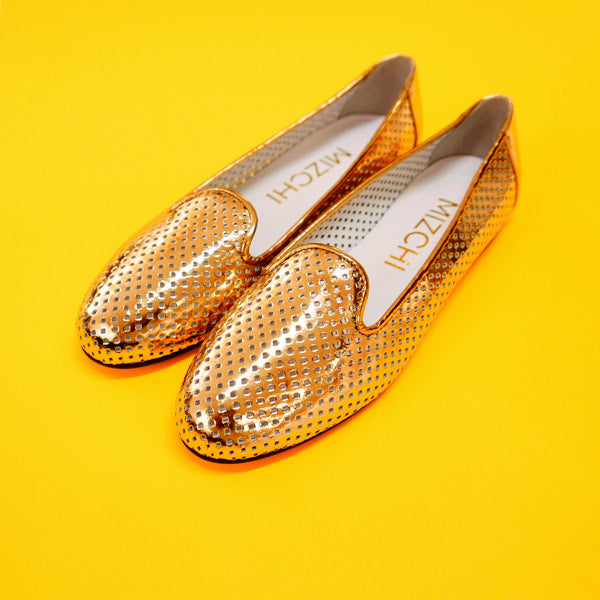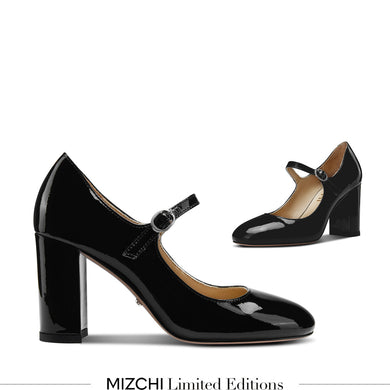The Petite Shoe Sizing Dilemma.
Choosing the perfect pair of shoes can be a delightful yet challenging experience, especially for those with smaller feet. Women who wear a US size 4 often find their options limited, and the challenge is compounded by the fact that shoe sizes can vary significantly across different styles. In this blog post, we will explore the nuances of US size 4 women's shoes and how various styles impact sizing and fit.
The Basics of Shoe Sizing
Before diving into style-specific variations, it's essential to understand the basics of shoe sizing. In the US, women's shoe sizes are measured in increments of a third of an inch. A US size 4 corresponds to a foot length of approximately 8.19 inches (20.8 cm). However, shoe fit is influenced by more than just length; factors such as width, arch height, and toe shape also play crucial roles.
How Different Styles Affect Sizing
1. Heels
High heels are a staple in many women's wardrobes, but they can be notoriously difficult to size correctly. Due to the elevated heel, the foot slides forward, which can cause the toes to feel cramped. When purchasing heels in a size 4, it's often advisable to try a half size up to ensure a comfortable fit, especially for styles with pointed toes or higher arches. Additionally, adding insoles or gel pads can help improve comfort and fit.
Classic US Size 4 Petite Heels
2. Flats
Flats are typically more forgiving than heels, but they come with their own set of challenges. Ballet flats, for example, often have a narrower toe box, which can make them feel tighter. When trying on flats, ensure there is enough room for your toes to move comfortably. If a size 4 feels too snug, consider a size 4.5 or look for brands that offer wide sizes.
3. Boots
Boots, particularly ankle and knee-high styles, require careful consideration of both length and calf width. For women with size 4 feet, finding boots that fit well around the calves and ankles can be tricky. Look for styles with adjustable features like laces or buckles, which can provide a more customized fit. When trying on boots, wear the type of socks you intend to use with them to ensure an accurate fit.
4. Sneakers
Sneakers are generally more versatile in terms of fit, thanks to their flexible materials and adjustable lacing systems. However, sizing can still vary between brands and styles. Athletic shoes, for instance, often have a different fit compared to casual sneakers. When buying sneakers, it's helpful to read reviews and try on multiple pairs to find the best fit. Some brands also offer sizing charts that account for foot width and arch height.
5. Sandals
Sandals are another style where sizing can vary significantly. Open-toe designs may require a smaller size, while sandals with straps across the foot or ankle might need a larger size to accommodate swelling during hot weather. For size 4 sandals, it's crucial to pay attention to how the straps fit and whether they provide adequate support. Adjustable straps can help achieve a better fit.
Tips for Finding the Perfect Fit
-
Measure Your Feet Regularly: Feet can change in size over time due to factors like weight fluctuations, pregnancy, and aging. Measure your feet periodically to ensure you are wearing the correct size.
-
Try Shoes on Later in the Day: Feet tend to swell throughout the day, so it's best to try on shoes in the afternoon or evening to get an accurate fit.
-
Consider Customization: If you struggle to find shoes that fit well, consider brands that offer customization or made-to-order options. These can be more expensive but provide a perfect fit tailored to your feet.
-
Use Insoles and Inserts: Insoles, arch supports, and gel pads can enhance comfort and improve fit, especially in heels and flats.
-
Read Reviews and Research Brands: Different brands have different sizing standards. Reading reviews and researching brands known for their consistency in sizing can save time and frustration.
Conclusion
Finding the right pair of US size 4 women's shoes can be a journey, but understanding how different styles affect sizing can make the process easier. By considering the unique characteristics of heels, flats, boots, sneakers, and sandals, and following practical tips for achieving a perfect fit, you can step out in style and comfort. Remember, the key is to prioritize fit and comfort over size numbers, as the right pair of shoes should feel like an extension of your feet.








